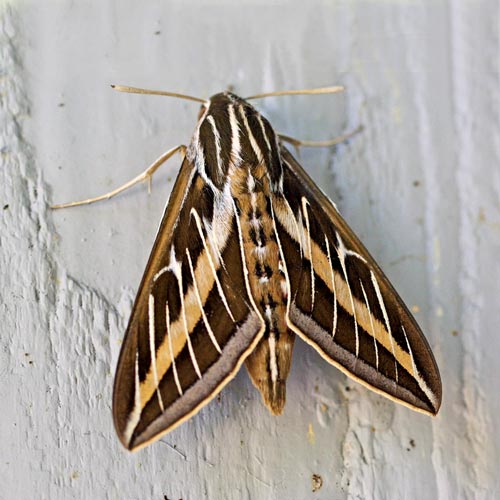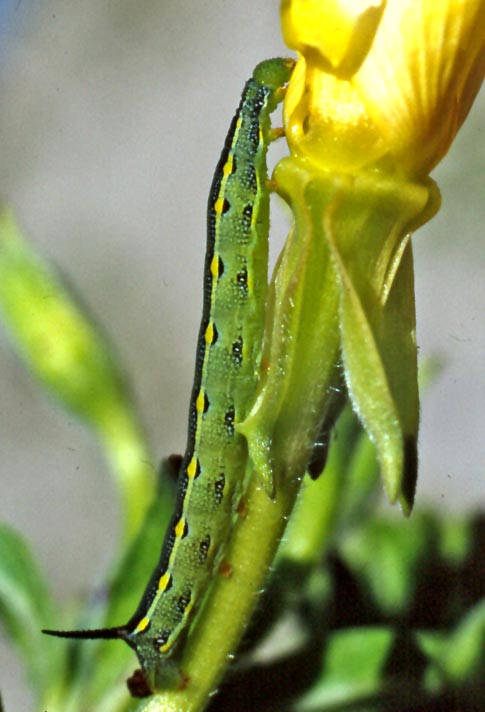Welcome to DU!
The truly grassroots left-of-center political community where regular people, not algorithms, drive the discussions and set the standards.
Join the community:
Create a free account
Support DU (and get rid of ads!):
Become a Star Member
Latest Breaking News
General Discussion
The DU Lounge
All Forums
Issue Forums
Culture Forums
Alliance Forums
Region Forums
Support Forums
Help & Search
The DU Lounge
Related: Culture Forums, Support Forums
InfoView thread info, including edit history
TrashPut this thread in your Trash Can (My DU » Trash Can)
BookmarkAdd this thread to your Bookmarks (My DU » Bookmarks)
10 replies, 465 views
ShareGet links to this post and/or share on social media
AlertAlert this post for a rule violation
PowersThere are no powers you can use on this post
EditCannot edit other people's posts
ReplyReply to this post
EditCannot edit other people's posts
Rec (11)
ReplyReply to this post
10 replies
 = new reply since forum marked as read
Highlight:
NoneDon't highlight anything
5 newestHighlight 5 most recent replies
= new reply since forum marked as read
Highlight:
NoneDon't highlight anything
5 newestHighlight 5 most recent replies
A moth on my rosebush (Original Post)
Ptah
Mar 2022
OP
Cracklin Charlie
(12,904 posts)1. Nice!
Ocelot II
(115,587 posts)2. Some kind of hummingbird/hawk moth?
Some species' babies are tomato hornworms, but they're very cool.
Ptah
(33,019 posts)6. Yikes! Are tomato hornworms a threat to peppers?
Ocelot II
(115,587 posts)7. Your moth might not be the hornworm kind -
better identification here: https://en.wikipedia.org/wiki/Manduca_quinquemaculata Your moth looks stripey and the hornworm kind are more spotted.
nocoincidences
(2,215 posts)3. s/he is just purty.
Definitely picture worthy. ![]()
CaliforniaPeggy
(149,523 posts)4. Gorgeous, my dear Ptah! n/t
UTUSN
(70,645 posts)5. Wow, picture too
Karadeniz
(22,470 posts)8. Oooohhh...!
2naSalit
(86,323 posts)9. I've seen those a couple times...
Believe it or not, at 7,000ft above sea level. They have really weird looking heads. Idon't know what they are.
Donkees
(31,332 posts)10. White-lined Sphinx Moths

White-lined Sphinx Moths can be found from mid-spring until early fall in open areas (parks, gardens, grasslands, scrublands and deserts) throughout North America, from Canada to Central America and the West Indies (they’re also found in Europe). They are considered one of the most common sphinx moths, but there are fewer as you go north. Although they are, like many sphinx moths, more active from dusk to dawn, WLSMs are sometimes (inexplicably) called the “Morning Sphinx.” Sphinx caterpillars are called hornworms because of a spine that adorns their rear end during part or all of their caterpillar-hood (the WLSM caterpillar is related to that bane of gardeners, the Tomato Hornworm). The name “Sphinx” comes from the caterpillar’s habit of rearing its head up when alarmed and looking like an Egyptian sphinx. Sphinx moths are called Hawk Moths in England.
There are about 125 representatives of the Sphinx moth family (Sphingidae) in North America. They can get pretty big, with heavy, spindle-shaped bodies and wingspreads of up to 6 inches. The front pair of wings is often narrow and quite a bit longer than the second pair, and many species have dramatic markings or color blocks on their wings. Sphinxes are strong flyers, difficult to capture, and some can fly 35 mph. Their rapid wing beats, ability to hover, and largish size cause them to be mistaken for hummingbirds in the late afternoon. Sphinx moths do not make sounds, so they don’t need or have ears (tympana); they have large eyes, and they communicate via scent (pheromones).
https://uwm.edu/field-station/white-lined-sphinx-moth/
There are about 125 representatives of the Sphinx moth family (Sphingidae) in North America. They can get pretty big, with heavy, spindle-shaped bodies and wingspreads of up to 6 inches. The front pair of wings is often narrow and quite a bit longer than the second pair, and many species have dramatic markings or color blocks on their wings. Sphinxes are strong flyers, difficult to capture, and some can fly 35 mph. Their rapid wing beats, ability to hover, and largish size cause them to be mistaken for hummingbirds in the late afternoon. Sphinx moths do not make sounds, so they don’t need or have ears (tympana); they have large eyes, and they communicate via scent (pheromones).
https://uwm.edu/field-station/white-lined-sphinx-moth/

WLSM caterpillars start at yellow and black or lime green and black and are tremendously variable, (see Bugguide). By happy accident, the BugLady’s 20 year old color slide of an unidentified caterpillar sitting on evening primrose (a favorite WLSM caterpillar food in Wisconsin) turned out to be a WLSM caterpillar.
Besides Evening Primrose, caterpillars are recorded on portulaca, purslane, chickweed, apple, elm, and grape laves and on some garden vegetables.
